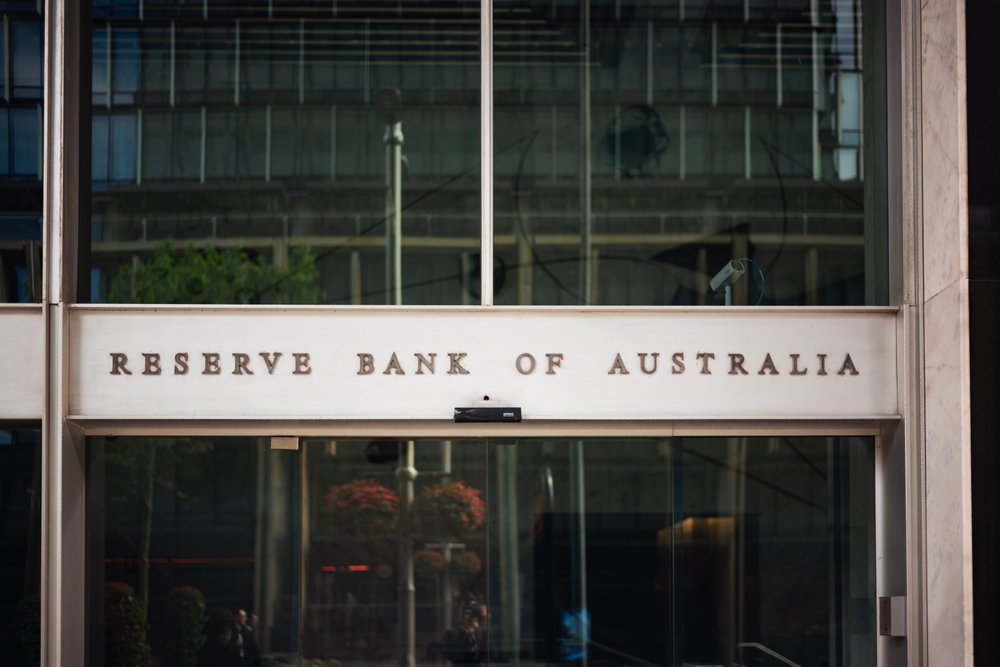In this article:

The RBA meets next week with the cash rate currently at 3.60% after lowering the cash rate by 0.25% in August.
Mark Bouris says that based on current data, there’s not a strong argument to support further rate cuts in 2025. Speaking on Property Insights, he said:
“The only way we’re going to get another rate cut is if something happens internationally that’s going to affect our position in Australia in terms of exports and everything else we do in the world.”
“Don’t be drawn into the narrative that we’re going to get two more rate reductions by the end of this year. As far as I’m concerned, the RBA made it pretty clear in their language. don’t expect another.”
A fresh, but slight, tick-up in monthly inflation has caused speculation of further rate cuts to ease, and most major-bank economists now expect the Board to hold in September to reassess once the quarterly CPI data lands. Here’s where the big four stand:
Big Four Bank Calls for September
| Bank | Sept call | Next move |
| CBA | Hold (3.60%) | Cut in Nov to 3.35% |
| Westpac | Hold (3.60%) | One more cut in November to 3.35%, then further easing in 2026. |
| NAB | Hold (3.60%) | Rate cuts in November and February 2026 to bring the Cash Rate to 3.1%. |
| ANZ | Hold (3.60%) | November rate cut is a possibility. |
What this means for borrowers
A September hold would keep most variable repayments unchanged for now, but rate competition remains active across lenders. If you haven’t reviewed your rate since earlier cuts, it’s worth checking whether you’re getting the full benefit.
So far this year, the RBA has cut rates three times, in February, May, and August, bringing the official cash rate down to 3.60%.
But just because the RBA has lowered rates doesn’t mean every borrower is feeling the relief straight away.
Why lenders don’t always pass cuts on in full
Some banks choose to keep part of the cut to protect their profit margins, especially if their funding costs haven’t fallen as quickly as the cash rate.
Even when lenders do pass cuts on, it can take weeks before the change shows up in your repayments. That means your savings don’t start straight away.
Some lenders apply cuts automatically to existing variable customers, while others only adjust new lending products or require customers to call and request the change explicitly.
That’s why it pays to have a broker in your corner. We’ll make sure you’re not missing out on savings and help you compare your options across multiple lenders, especially in a year when every 0.25% counts.
How a broker can help
This is where a mortgage broker is extremely beneficial:
- they check whether your lender has passed on the cut in full.
- If not, they can make the request on your behalf or explore other lenders offering better, more suitable rates.
- Brokers make sure you’re not just relying on your bank to do the right thing.
Being proactive could make a real difference to your household budget.



